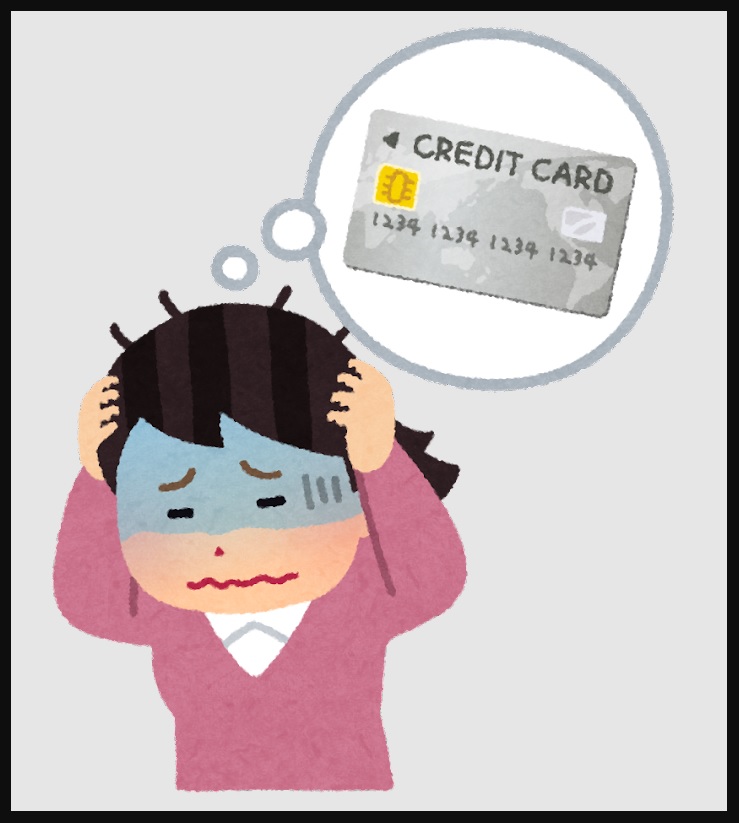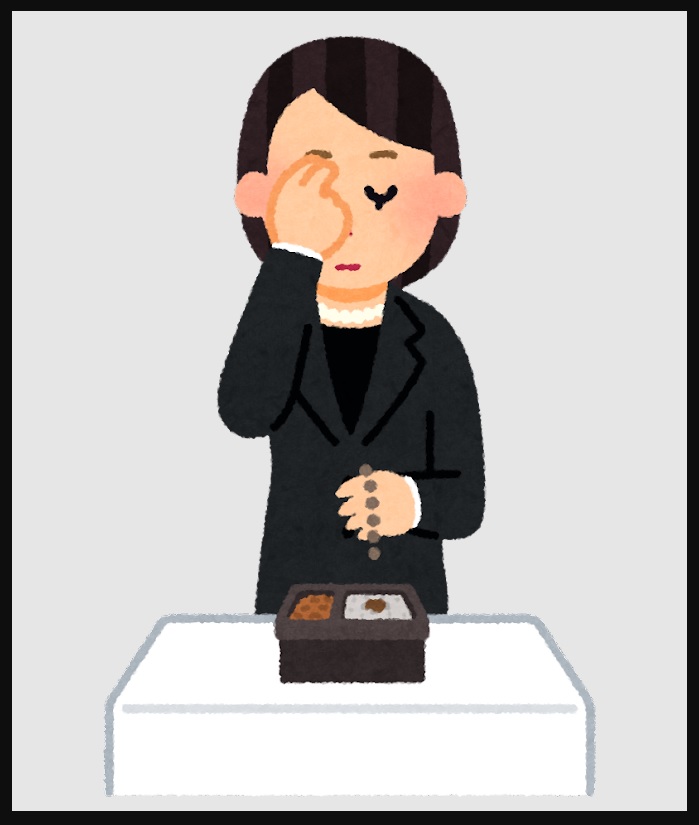「クレジット=実質借金|知らなきゃ損する!クレジットカードとリボ払いの現実」
今日は【貯める力】
クレジットの仕組みとリボ払いの悪夢
というお話をします。
毎月の固定費を見直すということで
保険・車とか色々お話ししてきました。
今日は番外編という事で
クレジットについて
お話ししていきます。
意外にクレジット=実質借金をして
損をしている人が多いので
クレジットというものについて
お話ししていきます。
すでに分かっているかもしれませんが
クレジットの仕組みをお話ししたい。
●クレジット(ショッピング)
Aさんが一万円の服を買う時に
お店に行ってこの時は現金で払った。
これは一般的です。
またAさんが一万円の服を
クレジット会社がお店との間に入ってくれて
カードを切ったら
クレジット会社が代わりに
お店にお金を払っておいてくれる。
クレジット会社はAさんに後程請求する。
これがクレジットカードの簡単な仕組みです。
『ツケ払い』と一緒ですね。
毎日通ってる馴染みのお店に
長く行ってたら信用してくれて
「あっ!いけね!財布忘れた!」
と言うと
「別に支払いは次でもいいよ」
「まとめてでいいよ」
と言ってくれますよね?
それがいわゆる『信用』です。
その信用を代わりに担保してくれているのが
クレジット会社です。
なのでその人の信用によって
金額は変わってくる。
クレジットカードの限度額が
10万円という人もいれば
300万円・400万円・・・
もっと沢山の金額を使える
実際上限無しという人も中にはいます。
これがいわゆるショッピング枠というか
クレジットの仕組みです。
これが買い物をする時の
ショッピング枠の話です。
●キャッシング
言葉としては聞いた事があると思います。
カードローン=要は
カードでお金を借りる事です。
これを全般にカードローンと言います。
キャッシングとカードローンは微妙に違うんですけど
ほぼ一緒のものと思っておいても
特に問題はありません。
なので人によって条件とか金額は違います。
「あなたには10万円まで貸しますよ」
「50万円まで貸しますよ」
とか。
この辺までは分かっている人が
多いのではないでしょうか。
●支払い方法
ここになってくると
ちょっと分かっているようなわからないような
曖昧な感じになってくるかもしれません。
(1)翌月一括支払い=一回払い
お店に行ったら
「一括でよろしいですか?」
と聞かれる。
その時一括でと言う人も多いです。
これは手数料無料です。
(2)ボーナス一括払い=一回払い
これも良く聞きます。
「次の夏のボーナスの時にまとめて一括で払います」
みたいな。
これも手数料無料です。
(1)(2)とも
カード会社が代わりに支払ってくれてる。
間に立って信用を担保してくれる。
立て替え払いとは違いますが
立て替えて払ってくれるようなものなので
通常は手数料というのがかかってきます。
ですが(1)(2)の場合は
私たち利用者側には手数料無料です。
クレジット会社というのは
2〜3%ぐらい手数料を
お店側からもらっている事が多い。
(3)分割払い
要は一括では払いません。
分割払いというのは
◯回払いにしますという事ですね。
10万円の買い物をして
3回で払うとか5回で払うとか。
大体支払い回数は選べます。
これは手数料がかかります。
(4)リボルビング払い(リボ払い)
良くCMで聞きますよね?
「◯円ずつ支払います」
というのがリボ払い。
分割払いとリボ払いの違いが
よくわからない・曖昧という人が
意外といるかもしれません。
◯回払いで払う→分割払い
or
◯円ずつ払う→リボ払い
要はこれだけの事です。
ただ問題は両方手数料が掛かります。
間に立ってくれてるクレジット会社からすると
お店には支払わなければならないのに
なかなかAさんからはお金がもらえない。
何回もお金を払ってもらわなければならない。
実質貸してるということになります。
なので手数料がかかる。
これは銀行の借金で言う金利と理屈は一緒ですが
カードの場合は「手数料」と言います。
だから金利と一緒だと思って下さい。
~~~つづく~~~
Special Thanks college president Ryo.
●おまけ
≪≪Chat-GPTくんによる要約≫≫
要約
【クレジットカードとリボ払いについて】
今日はクレジットカードの仕組みとリボ払いの問題点について話します。クレジットカードは簡単に言うと「ツケ払い」で、クレジット会社が一時的にお金を立て替えてくれます。これにより、クレジット会社が利用者に後で請求します。利用者の信用度によって利用可能な金額(クレジット枠)が異なります。
【支払い方法】
- 翌月一括払い:手数料無料。
- ボーナス一括払い:手数料無料。
- 分割払い:回数を指定して支払う。手数料がかかります。
- リボルビング払い(リボ払い):毎月一定額を支払う。手数料がかかります。
分割払いとリボ払いは手数料がかかる点では同じで、実質的には金利と同じです。クレジット会社が代わりに支払ってくれるため、利用者が複数回に分けて返済する場合、手数料が発生します。リボ払いは特に負担が大きく、慎重に利用する必要があります。
≪≪Chat-GPTくんによる英訳≫≫
The Power of Saving: Understanding Credit and the Nightmare of Revolving Payments
Today, I will discuss the topic of credit and the nightmare of revolving payments.
In previous talks, we’ve reviewed various monthly fixed costs such as insurance and car expenses. Today, as a special topic, I’ll focus on credit.
Many people are unaware that using credit essentially means borrowing money, which can lead to financial loss. Therefore, it’s important to understand how credit works.
●Understanding Credit (Shopping)
When Mr. A buys a 10,000 yen outfit and pays with cash, this is straightforward. However, if he uses a credit card, the credit company pays the store on his behalf and later bills him. This is a simple explanation of how credit cards work, similar to “buying on credit.”
If you frequently visit a familiar store, they might allow you to pay later if you forget your wallet. This is based on trust, which the credit company guarantees for you. Therefore, the amount you can spend varies based on your creditworthiness. Some people have a credit limit of 100,000 yen, while others might have 3,000,000 yen or even unlimited credit.
●Cash Advances
You might have heard of the term “cash advances.” This essentially means borrowing money using your card. While there are slight differences between cash advances and card loans, they are almost the same in practical terms. The conditions and amounts you can borrow vary, like “you can borrow up to 100,000 yen” or “up to 500,000 yen.”
●Payment Methods
This is where things might become unclear for some people.
- One-Time Payment Next Month: When asked, “Is one-time payment okay?” many people opt for this, as it’s free of charge.
- Bonus Lump-Sum Payment: This is another common method, like “I’ll pay in a lump sum with my next summer bonus,” which is also free of charge.
For both (1) and (2), the credit company pays on your behalf without charging you a fee. However, they do charge the store a 2-3% fee.
- Installment Payment: Instead of paying in a lump sum, you pay in several installments, like three or five payments for a 100,000 yen purchase. This incurs a fee.
- Revolving Payment (Revo Payment): Often advertised in commercials, this method involves paying a fixed amount each month. The difference between installment and revolving payments can be confusing. Installment means paying in a specified number of times, while revolving means paying a specified amount each time.
Both methods incur fees because the credit company pays the store on your behalf and then waits for you to repay over time. This is similar to a loan with interest, but for credit cards, it’s called a “fee.” So, think of it as the same as interest.
Special Thanks OpenAI.


